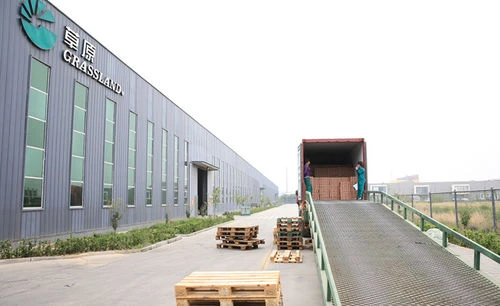Understanding the Use of Grinder Wheels to Cut Metal
Grinding wheels are indispensable tools in the manufacturing and repair industries, especially for cutting metal. These wheels are engineered from abrasive materials that can effectively slice through various types of metals, making them essential for metalworking tasks. In this article, we will explore the different types of grinder wheels, their applications, and important safety considerations when using them.
Types of Grinder Wheels
Grinder wheels are categorized based on their composition and intended use. The most common types include
1. Aluminum Oxide Wheels These are generally used for grinding ferrous metals like steel and iron. They are known for their durability and can handle high temperatures that arise during metal cutting.
2. Silicon Carbide Wheels These wheels are effective for cutting non-ferrous materials such as aluminum, brass, and bronze. Silicon carbide offers a sharper, harder abrasive, making it suitable for softer metals.
3. Diamond Wheels These are specialized wheels using diamond as the abrasive. They are among the most effective for cutting hard materials such as stainless steel or reinforced concrete.
4. Multi-purpose Wheels Some grinder wheels are designed to cut a variety of materials. These wheels often incorporate a blend of abrasives, ensuring versatility and effectiveness in different applications.
Applications of Grinder Wheels
Grinder wheels are widely used across various applications including
- Metal Fabrication In workshops and factories where metal components are machined, grinder wheels are often used to shape materials to precise dimensions
.grinder wheel to cut metal

- Welding Preparation Prior to welding, surfaces must be clean and free of contaminants. Grinder wheels can remove rust, paint, or any other impurities, ensuring better fusion between materials.
- Deburring After cutting metals, sharp edges or burrs can be left behind. Using a grinder wheel can smooth these edges, making the metal safe to handle and improving its appearance.
- Sharpening Grinder wheels can also be employed for restoring the sharpness of tools such as blades and bits, making them more efficient during use.
Safety Considerations
While grinder wheels are powerful tools, using them poses potential hazards. To ensure safety while operating a grinder, it is important to follow these guidelines
- Personal Protective Equipment (PPE) Always wear appropriate PPE including safety goggles, gloves, and ear protection. This minimizes exposure to flying debris, loud noise, and potential cuts.
- Inspect Equipment Before use, inspect the grinder and wheel for any signs of damage or wear. Cracks or chips in the wheel can lead to catastrophic failures, posing serious risks to the operator.
- Proper Speed and Pressure Ensure that the grinder wheel is compatible with the speed of the grinder. Excessive pressure can wear down the wheel too quickly and generate excessive heat, leading to injuries.
- Control Workpiece Movement Always secure the workpiece to prevent it from moving unexpectedly. This helps maintain control and reduces the risk of accidents.
Conclusion
Grinder wheels are vital tools for cutting and shaping metals, offering a range of options suitable for different materials and tasks. Understanding the various types of grinder wheels and their applications can help enhance efficiency in metalworking. However, safety should always be a priority when using these powerful tools. By following best practices and using proper protective equipment, users can ensure a safe and effective working environment, making the most out of their grinder wheels in metal cutting applications.
Post time:Dec - 12 - 2024

















